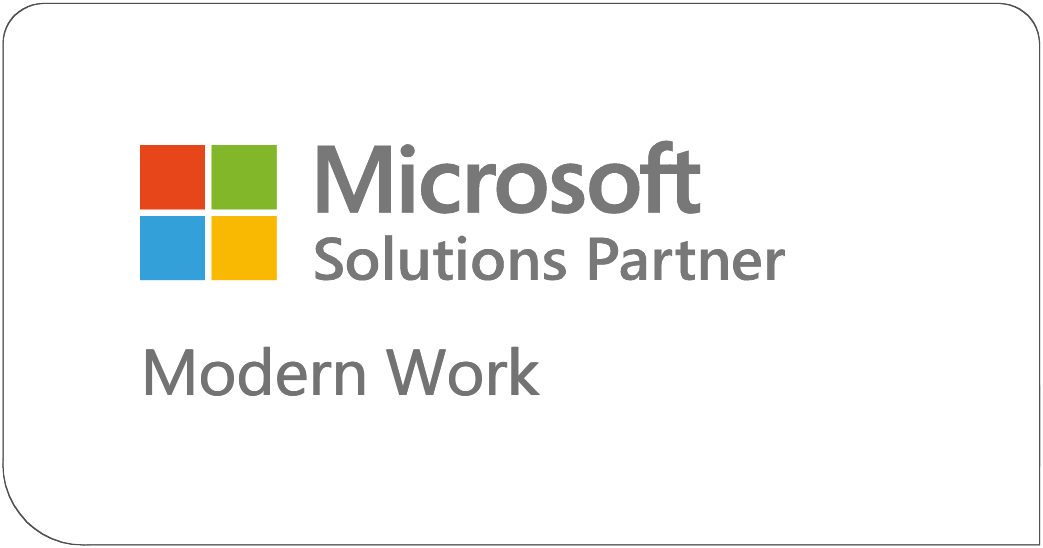The landscape of data storage continues to evolve rapidly, driven by the ever-increasing volumes of data generated by businesses and individuals alike. This evolution is characterised by a shift from traditional storage methods to more advanced, flexible, and scalable solutions that can meet the demands of modern digital enterprises. In this comprehensive overview, we’ll explore the current state of data storage, emerging trends, and the future outlook for storage technologies in 2025.
The Current State of Data Storage
Traditional Storage Methods
Traditional data storage methods, including magnetic, optical, and early solid-state technologies, continue to play a role in various contexts despite the rise of more modern solutions. These methods offer distinct advantages in terms of data security and specific performance metrics, making them indispensable in certain scenarios and industries.
- Magnetic Storage: Hard Disk Drives (HDDs) remain widely used in computers, gaming consoles, and servers due to their large storage capacity at a lower price point. However, they are gradually being replaced by faster and more reliable technologies.
- Optical Storage: CDs and DVDs, while less common for data storage in business environments, still find use in software distribution and personal data storage.
- Solid-State Storage: Early SSDs and flash drives represent a shift from mechanical to electronic data storage, offering faster access times and improved durability.
Modern Storage Solutions
Cloud storage, network-attached storage (NAS), and object storage have taken center stage, offering scalable, flexible, and cost-effective alternatives to traditional storage methods. These modern approaches leverage the power of the internet and distributed computing to provide on-demand access to data from anywhere in the world.
Emerging Trends in Data Storage for 2025
As we look towards 2025, several key trends are shaping the future of data storage:
1. AI Integration in Storage Management
Artificial Intelligence (AI) is set to play a significant role in storage management. AI-powered solutions will become increasingly common for optimising performance, enhancing security, and ensuring data reliability. This integration will lead to more efficient data tiering, predictive maintenance, and automated resource allocation.
2. Hybrid and Multi-Cloud Adoption
The adoption of hybrid and multi-cloud strategies is expected to accelerate in 2025. This approach offers operational flexibility by enabling workloads across on-premises, private, and public clouds, ensuring businesses leverage the best of each environment. It allows for cost-efficient workload allocation without compromising performance.
3. Edge Computing and Storage
With the proliferation of IoT devices and the need for real-time data processing, edge computing is gaining traction. By 2025, we can expect significant advancements in edge technologies, driven by the need for cost efficiency, reduced latency, and enhanced data processing capabilities.
4. Enhanced Security and Compliance Solutions
As data breaches become more sophisticated, there will be a greater focus on enhanced security and compliance solutions. This includes the rise of cyberstorage, which integrates advanced security measures such as AI-driven threat detection and automated responses directly into storage systems.
5. Sustainability in Data Storage
Environmental concerns are driving a shift towards more sustainable data storage solutions. By 2025, we can expect to see increased adoption of energy-efficient storage technologies and practices, as businesses strive to reduce their carbon footprint.
The Rise of Hybrid Cloud Storage
Hybrid cloud storage is emerging as a dominant trend, combining the benefits of on-premises and cloud storage solutions. This approach offers several advantages:
Flexibility and Scalability
Hybrid cloud storage allows businesses to scale their storage capacity based on demand without incurring large costs for physical hardware. This flexibility is particularly beneficial during peak periods when storage demands spike unexpectedly.
Enhanced Data Accessibility and Availability
By storing data across multiple environments, hybrid cloud storage improves data accessibility and availability. This is crucial for organisations with geographically dispersed teams or operations, ensuring that critical information is always within reach.
Improved Security and Compliance
Hybrid cloud storage allows organizations to maintain control over their most sensitive data by keeping it on-premises while leveraging the cloud for less sensitive information. This strategy enhances data security and helps businesses meet regulatory requirements.
Cost-Effectiveness
By combining on-premises infrastructure with public cloud services, organisations can optimise storage costs, paying only for what they use in the cloud while maintaining critical data on-premises.
Challenges and Considerations
While the future of data storage looks promising, there are several challenges and considerations that businesses need to address:
Complexity of Management
Managing a hybrid or multi-cloud environment can be complex, requiring careful planning and coordination to ensure seamless operation.
Security Concerns
As data moves between multiple environments, each with its own security protocols, ensuring consistent security measures across all platforms becomes crucial.
Data Migration and Integration
Moving data between different storage environments and ensuring compatibility between systems can be challenging and time-consuming.
Skills Gap
The adoption of new storage technologies may require upskilling or hiring new talent with expertise in managing complex storage environments.
The Impact on Businesses
The evolution of data storage technologies will have significant implications for businesses across various sectors:
Enhanced Decision-Making
Advanced storage solutions, coupled with AI and analytics, will enable businesses to derive more valuable insights from their data, leading to better decision-making.
Improved Operational Efficiency
Automated storage management and optimisation will free up IT resources, allowing businesses to focus on core activities and innovation.
Greater Agility and Competitiveness
The ability to scale storage resources quickly and efficiently will enable businesses to respond more rapidly to market changes and customer needs.
Cost Optimisation
Hybrid and cloud storage solutions will allow businesses to optimise their storage costs, potentially reducing capital expenditure on physical infrastructure.
Conclusion: Preparing for the Future of Data Storage
As we approach 2025, the data storage landscape is set to become more diverse, flexible, and intelligent. Businesses that want to stay competitive should consider the following steps:
- Assess Current Infrastructure: Evaluate existing storage solutions and identify areas for improvement or modernization.
- Develop a Hybrid Strategy: Consider implementing a hybrid cloud storage approach to balance performance, cost, and security needs.
- Invest in AI and Automation: Look for storage solutions that incorporate AI and automation to improve efficiency and reduce management overhead.
- Prioritize Security and Compliance: Ensure that chosen storage solutions meet or exceed security and compliance requirements.
- Focus on Scalability: Select storage solutions that can easily scale to accommodate future growth and changing data needs.
- Consider Sustainability: Factor in the environmental impact of storage solutions and prioritise energy-efficient options.
- Upskill Teams: Invest in training and development to ensure IT teams are equipped to manage new storage technologies.
By embracing these emerging trends and technologies, businesses can position themselves to effectively manage the ever-growing volumes of data, derive greater value from their information assets, and maintain a competitive edge in an increasingly data-driven world.
The future of data storage in 2025 promises to be dynamic and transformative, offering unprecedented opportunities for businesses to innovate, optimise, and grow.






